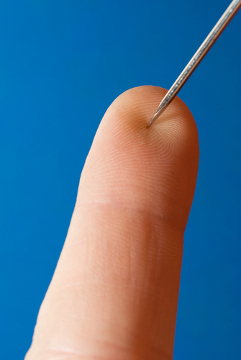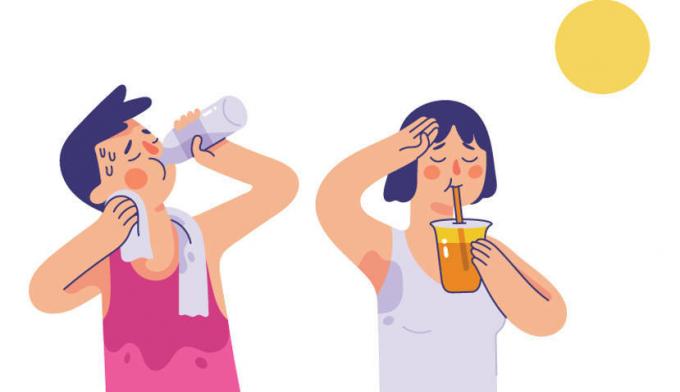All of our body's senses are extremely important, as they allow the perception of the various stimuli in the environment. Touch, one of these senses, enables the perception of textures, temperature, pressure, among other sensations.
unlike others senses, O tact is not perceived only in specific parts. Touch is felt on virtually the entire surface of the body, with emphasis on areas such as the fingertips, palms and lips. Among the parts with less sensitivity, we can highlight the skin on the back.
There are several receptors in the skin that enable the capture of various external stimuli, such as pressure, heat, cold and pain. These receivers can be classified into mechanoreceptors, thermoreceptors and pain receptors. Mechanoreceptors are those that respond to mechanical stimuli, such as pressure. Thermoreceptors, on the other hand, are related to the perception of temperature variation.
Usually light touches on the skin are perceived by nerve endings known as Meissner corpuscles and Merkel disks. The strongest pressures are perceived by receptors called Pacini corpuscles. There are still the calls free nerve endings, which are the most numerous and allow the perception of sensations such as pain, sensitivity and temperature.

Through touch, we can see, for example, that an object is sharp
If we were not able to feel the environment through touch, we would run serious risks. Imagine, for example, that you touch a sharp nail. You just take your hand away because you feel the pain, don't you? If we couldn't feel it, our hand could be seriously injured without us even noticing.
In addition, touch allows us to feel when a caress is given, in addition to showing the force that can be applied to a particular object, for example. Touch is so important that in blind people it can "work like oneself eyesight”.
Visually impaired people often learn to read using touch. The system known as braille it is based on embossed dots that symbolize the letters and numbers. To read the message, the person simply runs their fingers over the paper and unravels the symbology.
By Ma. Vanessa dos Santos
Take the opportunity to check out our video lesson on the subject:



